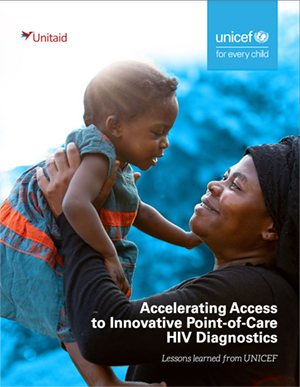In the global quest to end the AIDS epidemic as a public health threat by 2030, meeting the HIV-related needs of children, adolescents and pregnant and breastfeeding women represents a critical piece of unfinished business. To inject a sense of urgency in to global efforts to end the epidemic among children, adolescents and young women, global partners joined together in 2015 to launch the Start Free, Stay Free, AIDS Free framework. Unveiled as the global community was embracing a series of 2020 targets intended to Fast-Track the HIV response, Start Free, Stay Free, AIDS Free called for a super-Fast-Track approach to end AIDS as a public health threat among children, adolescents and young women by 2020.
Since the deadline for achieving the targets passed in December 2020, this is the final Start Free, Stay Free, AIDS Free progress report. Although the targets were global, partners identified 23 countries for intensified focus under the framework. This report specifically highlights progress against the targets in focus countries. The only focus countries outside sub-Saharan Africa (India and Indonesia) do not report data on Start Free, Stay Free, AIDS Free targets and are not covered in this report.
